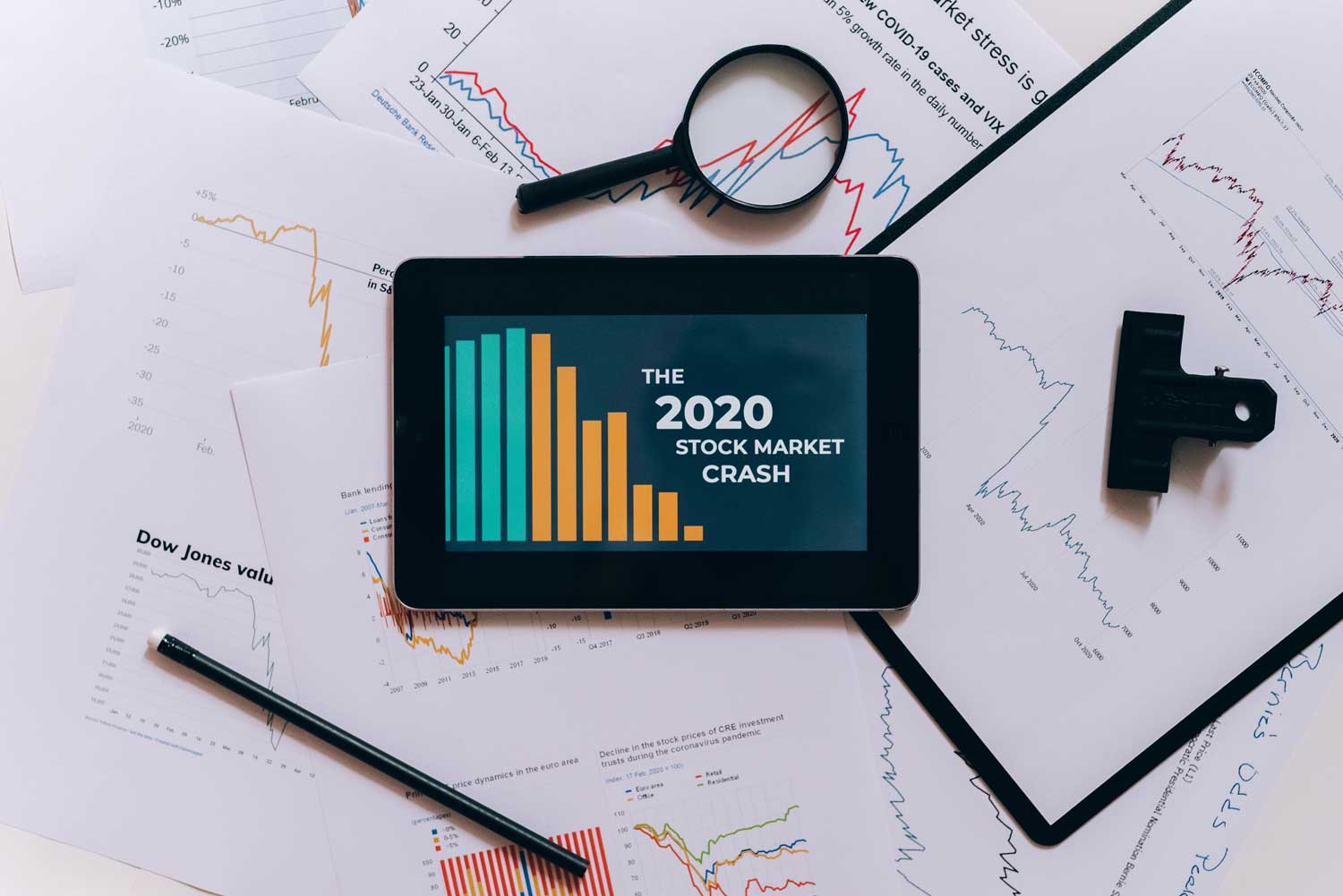Alphabet buys clean energy firm Intersect Power in $4.75B AI power push
Alphabet Inc (NASDAQ:GOOG) said on Monday it would acquire clean energy developer Intersect Power for $4.75 billion in cash, plus the assumption of existing debt, in one of the company's largest moves yet to secure electricity supplies for its fast-growing artificial intelligence data centers. The deal underscores mounting pressure on US power grids as surging demand from AI computing strains existing infrastructure, pushing major technology firms to lock in long-term energy access.
Read MoreAlphabet is buying Intersect: is it a buy signal for GOOGL shares?
Alphabet Inc (NASDAQ: GOOGL) is in focus today after announcing plans to acquire Intersect, a leading clean energy and data centre infrastructure firm based in San Francisco, CA. According to its press release, the multinational is spending a whopping $4.75 billion on Intersect, locking in reliable clean energy to fuel its rapid data centre build-out.
Read MoreWaymo resumes San Francisco service after power outage pause
Alphabet unit Waymo said on Monday it resumed its ride-hailing service in the San Francisco Bay Area on Sunday, a day after temporarily suspending operations due to a widespread power outage that snarled traffic and gridlocked parts of the city.
Read More
















